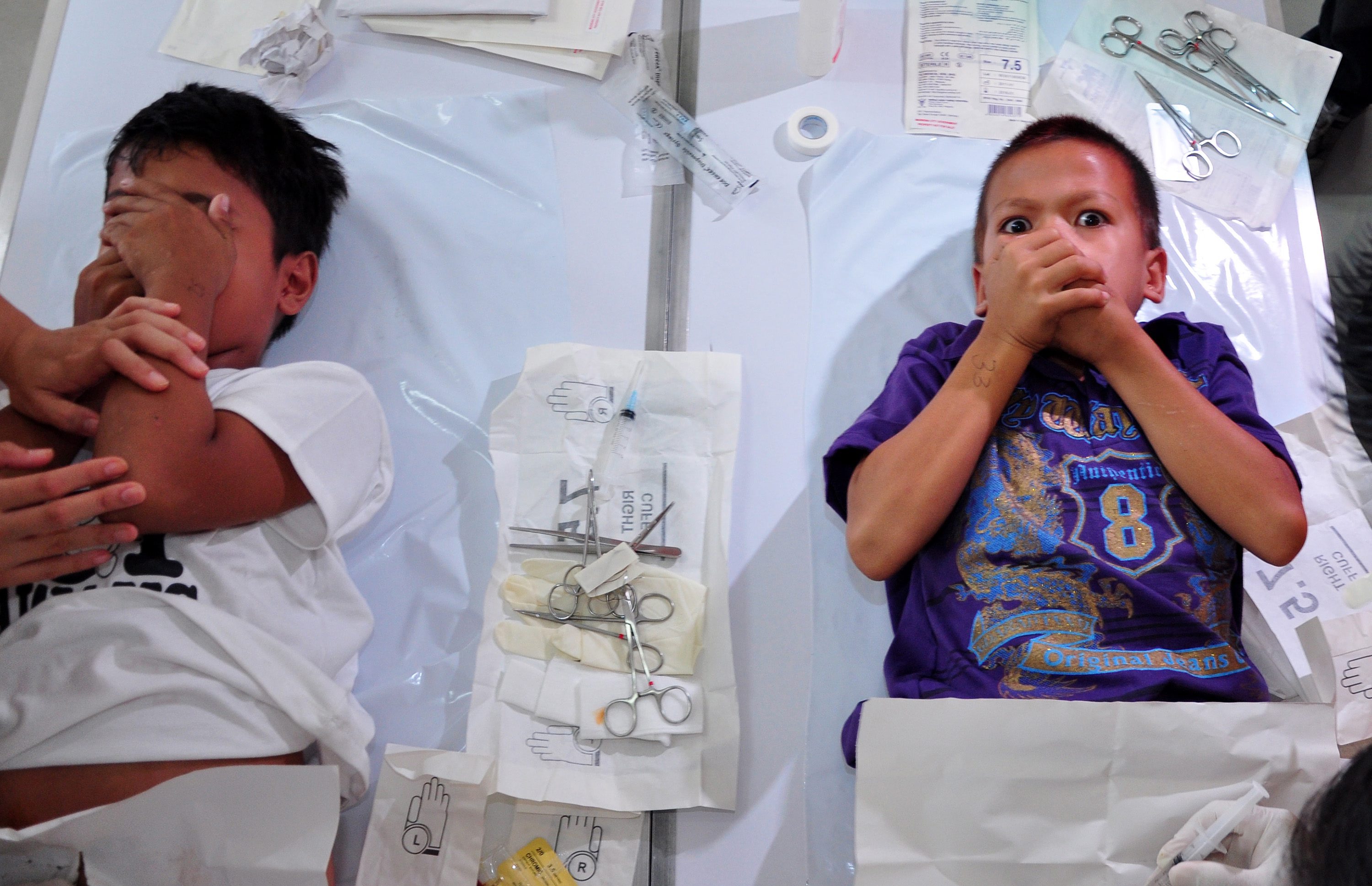How Safe Is Male Circumcision for Babies?
Male circumcision, also known as male khitan, is a common procedure performed on newborns and infants in many cultures around the world. The procedure involves the removal of the foreskin from the penis, and it is often done for medical, cultural, or religious reasons. But how safe is male circumcision for babies, and what does the procedure entail?
In this article, we will explore the safety of Male Circumcision in Dubai, especially for babies, and how it is typically performed by doctors. We will focus on understanding the procedure, its benefits, and the role of healthcare professionals in ensuring the safety of the baby during the procedure.
Understanding Male Circumcision
Male circumcision is a medical procedure where the foreskin of the penis is surgically removed. This can be done for a variety of reasons, including hygiene, prevention of infections, cultural practices, and religious beliefs. In many parts of the world, circumcision is a standard practice, and it is often done shortly after birth or within the first few months of a baby's life.

The Procedure: Step by Step
Circumcision is a straightforward procedure, especially when performed on a newborn baby. Here’s how doctors typically carry out the procedure:
1. Pre-Procedure Preparation
Before the circumcision, the baby will be assessed to ensure they are healthy enough for the procedure. A pediatrician or a urologist will check the baby’s overall health, and if necessary, a local anesthetic will be applied to numb the area. In some cases, doctors may use a topical numbing cream or give the baby a mild sedative to help them relax.
2. Surgical Procedure
Once the area is adequately numbed, the doctor will carefully remove the foreskin. The procedure typically takes only about 10-20 minutes. There are different methods of performing circumcision, such as the Gomco clamp or the Mogen clamp, but the choice of method depends on the doctor's experience and the specific circumstances of the baby.
3. Post-Procedure Care
After the circumcision, the doctor will monitor the baby for any immediate complications. The baby may experience some minor swelling or redness, which is normal. The doctor will provide instructions on how to care for the circumcision site, including tips for cleaning the area and applying any prescribed ointments to aid healing.
In most cases, the baby can go home on the same day of the procedure, but parents will need to follow up with the doctor to ensure proper healing.
How Safe Is Male Circumcision for Babies?
Circumcision is generally considered safe when performed by a qualified healthcare provider. In fact, it is one of the most common and routine procedures performed in newborns across the world. However, like any medical procedure, there are risks associated with male circumcision. Understanding these risks and the steps doctors take to minimize them is crucial for parents considering the procedure for their child.
Low Risk of Complications
The risks associated with male circumcision are minimal, especially when performed by an experienced doctor. Complications such as infection, bleeding, or adverse reactions to anesthesia are rare, but they can occur. The medical professional performing the circumcision ensures that the procedure is done in a sterile environment to minimize the risk of infection. Additionally, the baby’s health is closely monitored throughout the process to prevent complications.
Anesthesia and Pain Management
One of the primary concerns for parents is the pain and discomfort the baby may experience during the procedure. While circumcision is not a pain-free procedure, modern medical practices ensure that the baby is adequately numbed. Local anesthesia is applied to the area to numb the pain during the procedure. This reduces the baby's discomfort, and after the procedure, pain management techniques are employed to ensure the baby remains as comfortable as possible.
Proper Post-Operative Care
After the circumcision, doctors provide detailed instructions for parents to care for the circumcision site. This includes keeping the area clean, applying ointments, and watching for any signs of infection, such as increased redness, swelling, or discharge. Most babies recover from the procedure within a few days to a week with proper care, and the circumcision site heals quickly without significant issues.
Benefits of Male Circumcision for Babies
Male circumcision offers several potential health benefits, which is why many parents and healthcare providers opt for this procedure in newborns. Below are some of the key benefits of male circumcision:
1. Reduced Risk of Infections
One of the most well-known benefits of circumcision is its ability to reduce the risk of urinary tract infections (UTIs) in babies. Studies have shown that circumcised boys have a lower incidence of UTIs compared to uncircumcised boys, especially during the first year of life. This is because circumcision removes the area where bacteria can accumulate under the foreskin, reducing the risk of infection.
2. Lower Risk of Penile Cancer
Although penile cancer is rare, studies have suggested that circumcised men are less likely to develop this form of cancer later in life. The removal of the foreskin may help prevent the buildup of substances under the skin that can contribute to the development of cancerous cells.
3. Prevention of Phimosis
Phimosis is a condition in which the foreskin becomes too tight to be pulled back over the head of the penis. This can lead to discomfort, difficulty urinating, and potential infections. Circumcision eliminates this risk by removing the foreskin entirely.
4. Better Hygiene
Circumcised males have an easier time keeping the head of the penis clean. Without the foreskin, there is less risk of dirt and bacteria accumulating, which can lead to infections or other health concerns. Proper hygiene is one of the key benefits that circumcision offers to parents concerned about their baby’s health.
Conclusion:
In conclusion, male circumcision is a generally safe procedure when performed by a qualified doctor. The risks of complications are minimal, and most babies recover quickly without significant issues. The procedure offers several health benefits, including reduced risks of infections, penile cancer, and hygiene-related problems.